Looking to mic your drum set?
You can stop researching drum mics. Just read this post.
I’m going to cover the best microphones for recording drums based on what part of the drum set they’re best for. Then we’ll go over some basic miking techniques for drums.
The Best Drum Mics for Home Recording
Here are some of the best mics for a snare, kick drum, hi-hat, toms, and overhead placement.
Snare Drum: Shure SM57
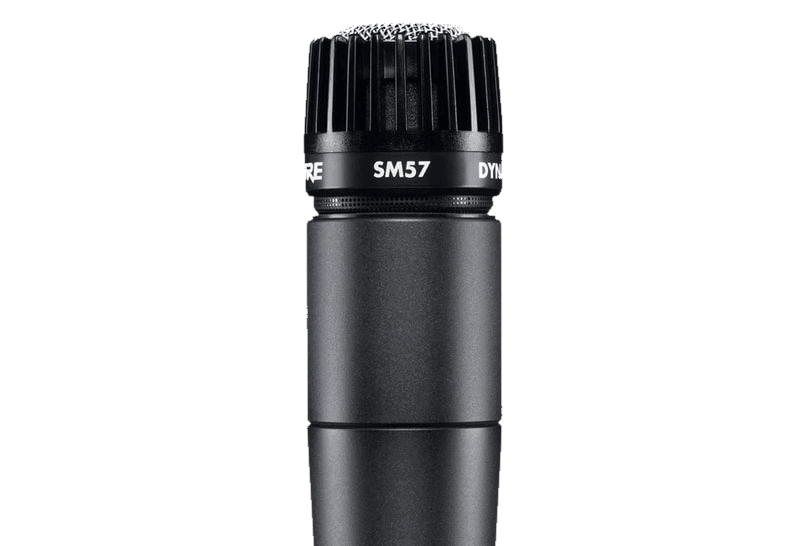
The SM57 is one of the most reliable microphones in the world. It’s been around for a long time, and one of the most reputable companies makes it.
It’s also a great value because it’s affordable, it’s durable, and it works well on many things. But it sounds especially good on a snare drum.
Engineers place these above or below the snare.
Because it’s a dynamic mic, you can place it close to the snare (in fact, you need to). It’s usually best placed a couple of inches away from the rim of the drum.
Highlights:
- Dynamic microphone
- Durable
- Versatile: works well on snare drum, toms, guitar, and vocals
Kick Drum: Shure Beta 52A
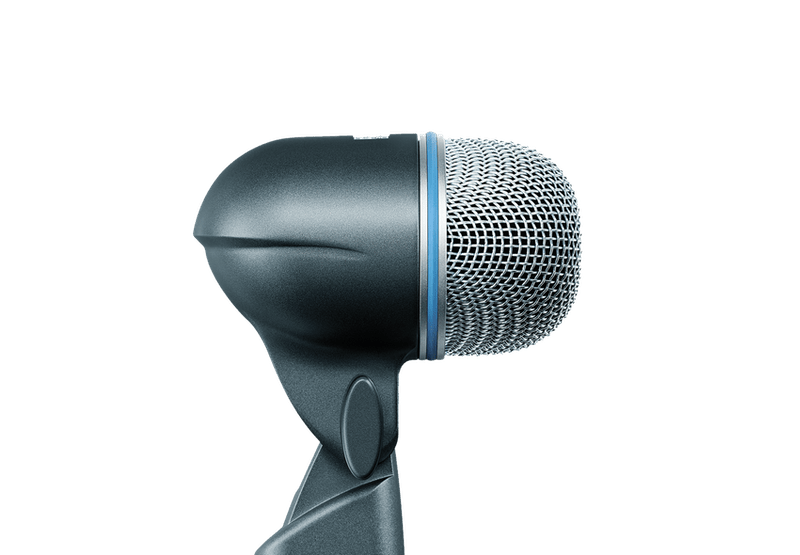
You can’t just put any mic on your kick drum. You need one that can take the huge oomph a kick drum delivers.
Shure’s Beta 52A is designed specifically for the kick drum. But it also works on other bassy instruments.
Its frequency response is designed so you can capture high-quality low-end. Even when the instrument is super loud.
It’s a dynamic mic with a supercardioid pickup pattern. Which means it’s hyperfocused on the sound directly in front of it.
This helps reject unwanted room resonances.
And because it’s from Shure, it’s a very durable mic.
Highlights:
- Supercardioid pickup pattern
- Frequency response designed for kick drum
- Durable
Kick Drum: AKG D112 MkII
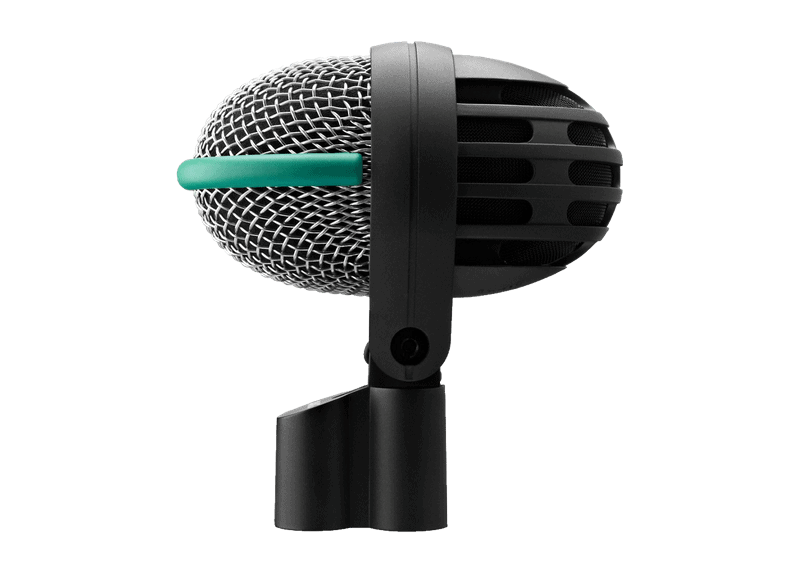
Another kick drum miking option is the D112 MkII, aka the egg.
In fact, it’s shaped like an egg because that helps avoid the wind pressure from the kick drum.
Many kick drum skins have a hole cutout where the mic goes.
This means the air pressure from the kick mainly exits this hole. And this can negatively affect the kick sound.
But the egg shape helps reduce the effect of that air pressure.
Also, this dynamic mic has a large diaphragm. It’s frequency response is specifically for capturing accurate kick drum sounds.
Highlights:
- Designed for kick drum
- Durable
- Can work well on bass amps and upright bass
Toms: Sennheiser MD 421
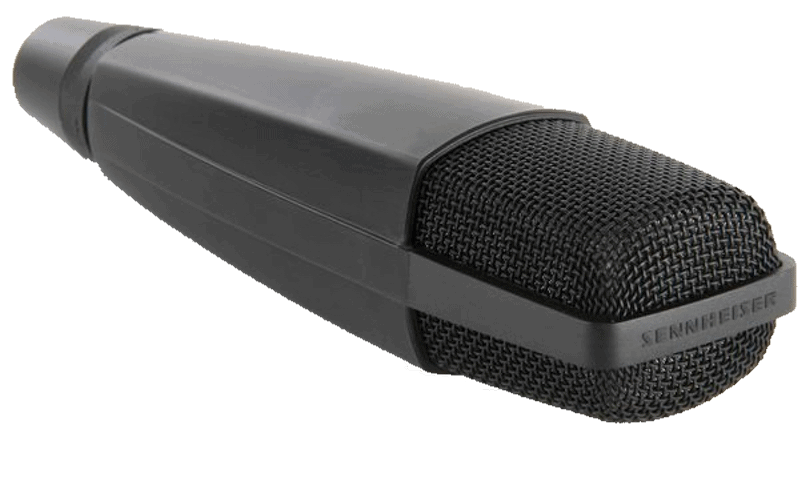
The Sennheiser MD 421 is a great drum mic because of its versatility. It works best on toms, but you can also use it on electric guitar and bass guitar amps, as well as an overhead drum mic.
You’ll love the cardioid pickup pattern and the five bass roll-off options. Thanks to them, you can switch the mic settings to fit your toms.
It also does a good job of cutting out unwanted frequencies, both from the tom drum and from the room.
Highlights:
- Cardioid pickup pattern
- Five bass roll-off switchable options
- Versatile
Hi-Hats: Shure SM7B
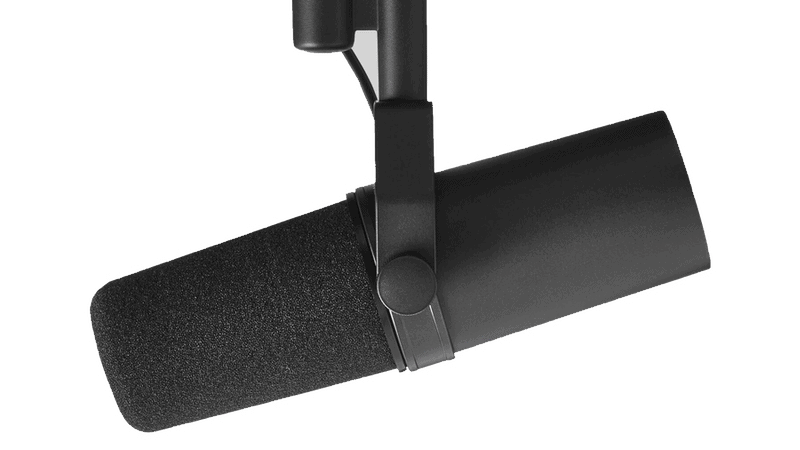
Although the SM7B is primarily a vocal mic (and one of the best out there), it works really well on hi-hats.
A common remark you’ll see users making is “This sounds more expensive than it is!” Or something to that effect.
It has two EQ switches: a treble boost and a bass roll-off. So it does a good job of taming harsh high frequencies, which you often get with a hi-hat.
Basically, the SM7B can capture a fuller hi-hat sound.
Highlights:
- Treble boost and bass roll-off switch
- Tames harsh high frequencies
- High-quality sound
Overheads: Samson C02
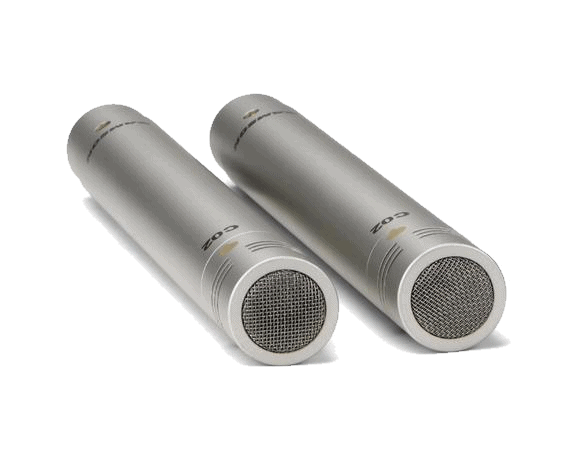
The Samson C02 is actually a two-mic package. That’s because they’re built to be overhead drum mics.
The C02 is a pencil microphone (shaped like a pencil), and it’s very sensitive. They’re condenser mics, so you will need phantom power to use them.
Ideally, you’d have a mic on every part of the drum, in addition to the overheads.
But with just a good pair of overheads placed a few feet above the center of the drums, you can mic an entire drum set.
And the C02 can live up to that challenge if you need it to.
Highlights:
- Affordable
- Sensitive
- 48 V phantom power
An Intro to Miking a Drum Set
So we’ve covered some of the best microphones for drums. Now let’s cover some basic guidelines for miking a drum kit.
Snare Drum
There are two ways to mic a snare drum: 1) from above or 2) from above and below.
To mic a snare from above, place the mic 1–2 inches above the head, just inside or slightly outside the rim.
To mic from both above and below, leave the top mic where it is. Then point the second mic at the wires underneath the snare, a few inches away from the skin.

Kick Drum
There are many ways to mic a kick drum, but we’ll just talk about the most basic one.
Place the mic 1–3 inches away from the drum head. Position it in the lower half of the kick, halfway between the drum’s center and its rim.
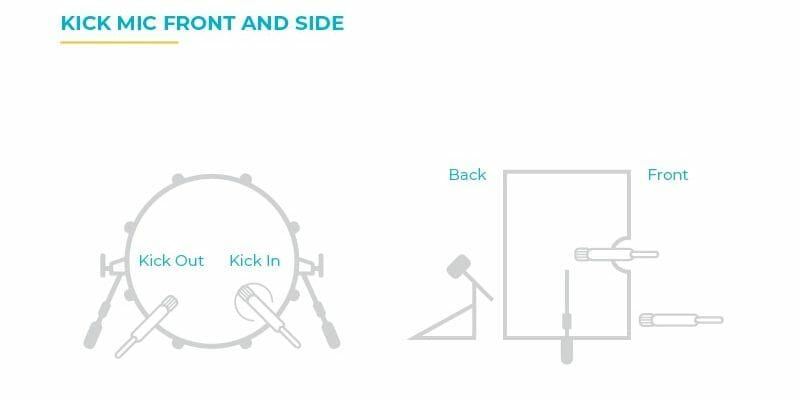
This may take some experimenting, depending on the kick sound you want.
Toms
When miking toms, it’s best to use a clip holder for your microphone. This keeps the mic secure and lets you point the mic exactly where you want it.
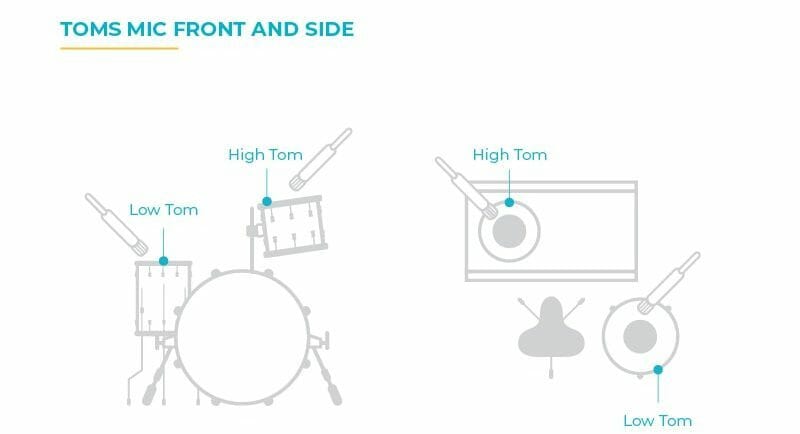
A mic with a cardioid pickup pattern is best, which is why I suggest the Sennheiser MD 421.
Hi-Hats
To mic hi-hats, put the mic 3–4 inches above them, roughly halfway between the edge and the middle.
Hi-hats can be finicky, depending on the drummer, the drumset, your mic, and the room. So you’ll most likely need to test different positions.
Overheads
It’s best to use the spaced-pair technique when miking overheads. Although you can try the XY technique too.
In either case, the mics should be 2–3 feet above the center of the drum kit.
Here’s what spaced pair overheads look like:

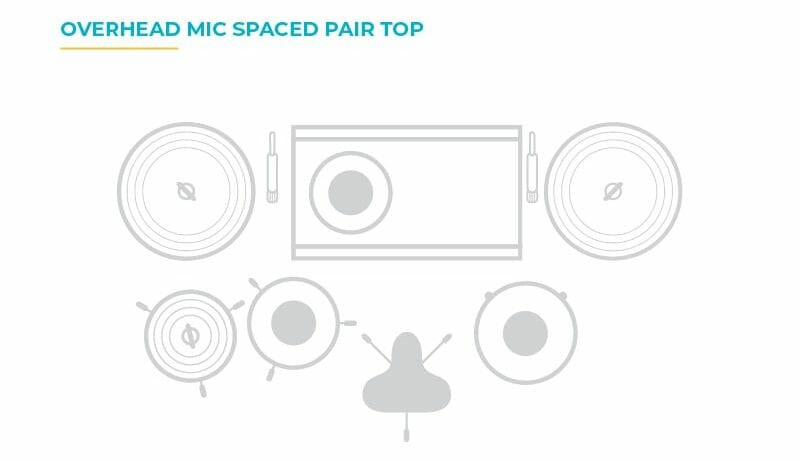 And here’s an XY pair:
And here’s an XY pair:
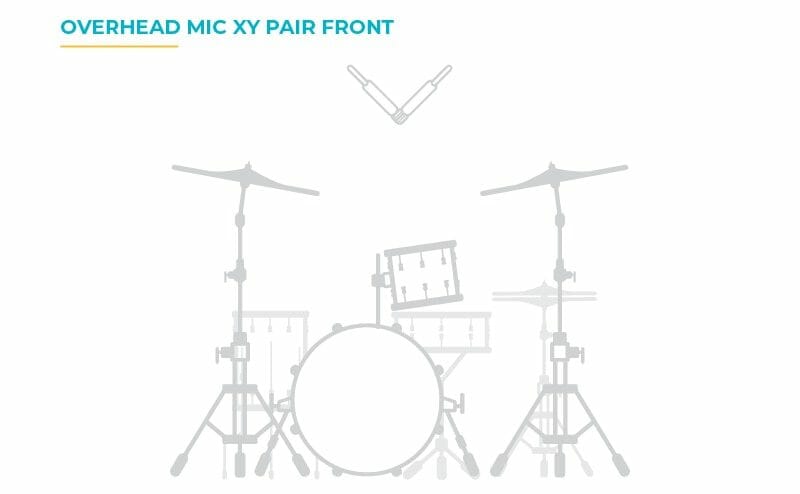
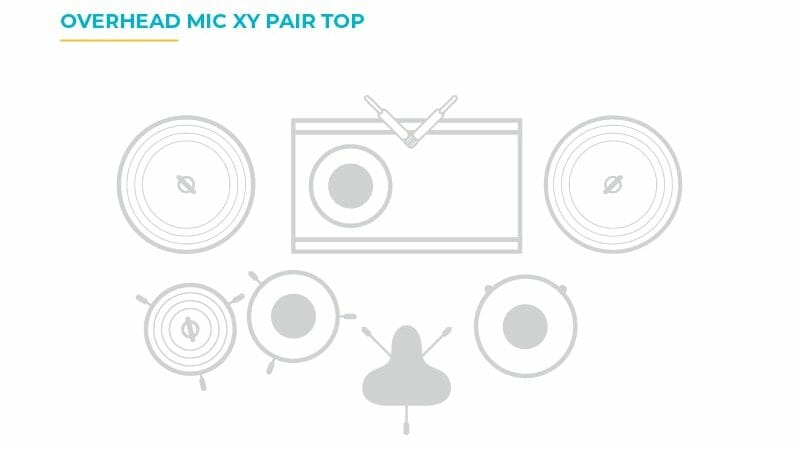
Conclusion
You can mic a drum kit on a surprisingly affordable budget. That is, thanks to the high-quality drum mics we’ve covered.
Now you know what drums mics work and where to place them. So you can have the confidence to record drums for your next track.










